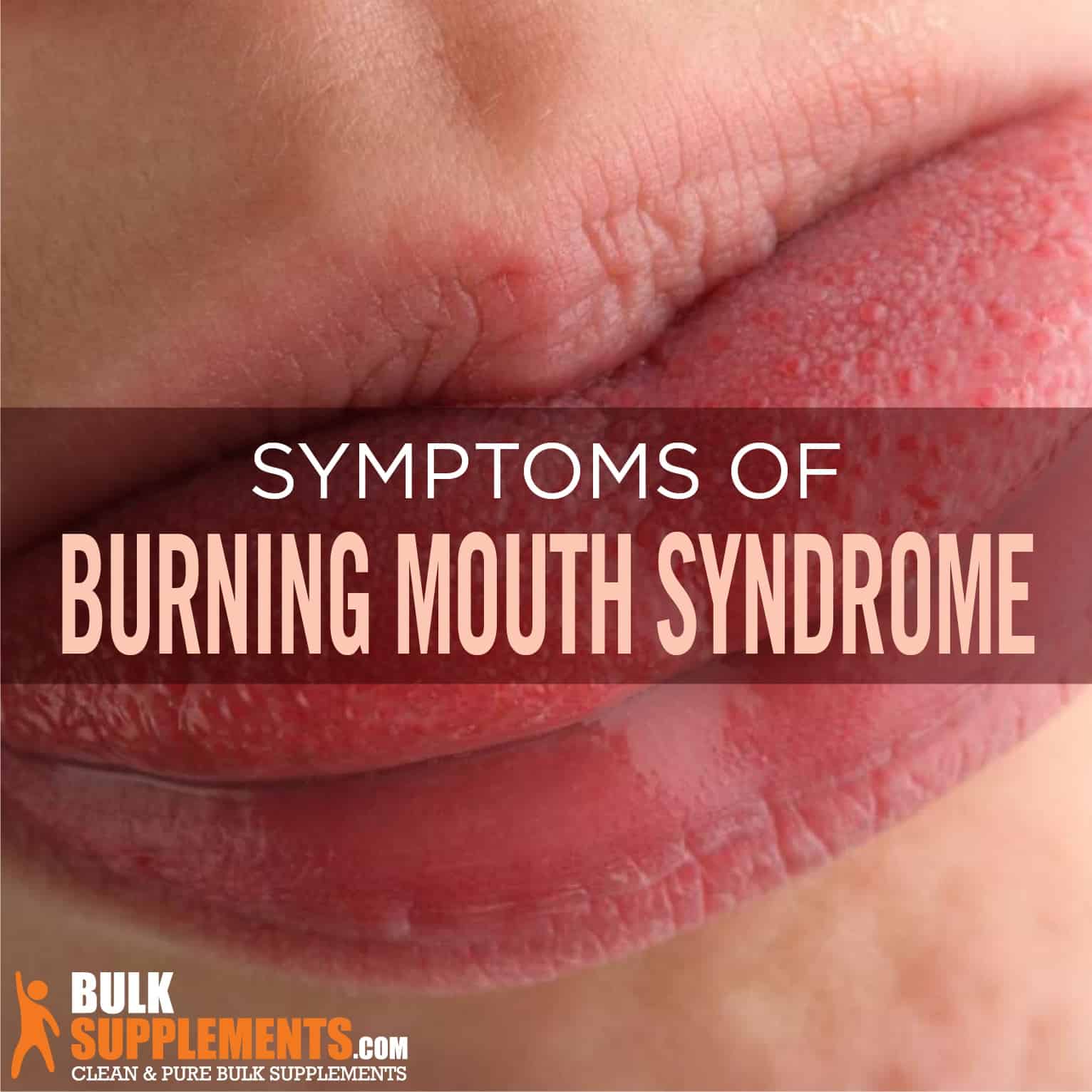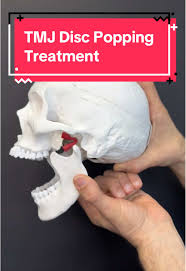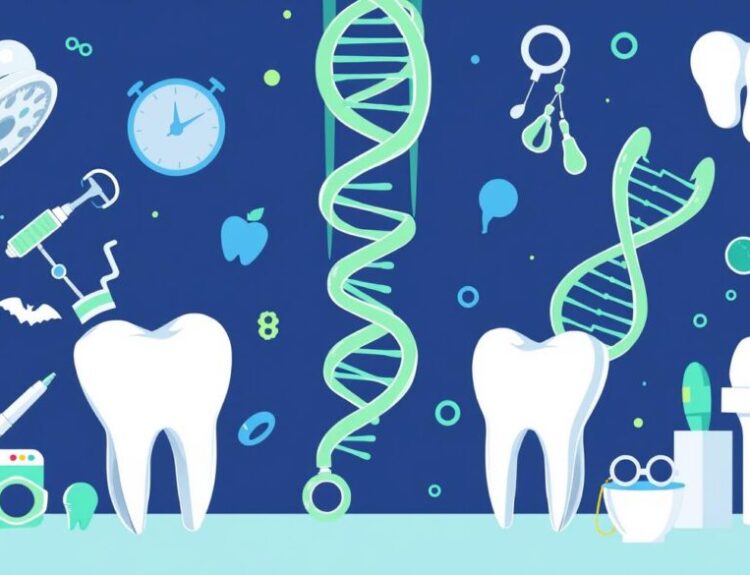Burning Mouth Syndrome (BMS) is a perplexing and very often debilitating chronic pain condition. It is characterized by a persistent burning in the mouth, affecting the tongue, lips, gums, or the entire oral cavity. What makes BMS challenging is the absence of any visible lesions or identifiable medical or dental causes upon clinical examination. This lack of objective findings leaves patients feeling frustrated, misunderstood, and searching for answers to an invisible ailment.
The sensation experienced by individuals with BMS can vary in intensity and description. While “burning” is the most common form, patients may also report a boiling, tingling, or numb feeling. The pain can be constant or intermittent, and its intensity fluctuates throughout the day, often worsening in the evening. This relentless discomfort significantly impacts a sufferer’s quality of life, affecting ability to eat, drink, sleep, and even speak comfortably.
Potential Causes
The exact etiology of primary BMS, where no underlying cause can be identified, remains elusive. For a long time, doctors considered it a psychogenic disorder, with anxiety and depression as primary drivers. While these factors are undoubtedly common comorbidities and can exacerbate the symptoms, the current understanding leans towards a neuropathic origin. This perspective suggests that BMS may arise from damage or dysfunction of the peripheral or central nerves responsible for transmitting sensation in the oral cavity.
Several theories attempt to explain this potential neuropathic basis. Research studies propose Small fiber neuropathy, involving damage to the small nerve fibers responsible for pain and temperature sensation. BMS patients frequently report changes in taste perception, such as a persistent bitter or metallic taste (dysgeusia). further suggesting a disruption in the sensory pathways. Moreover, alterations in salivary composition and flow are also potential contributing factors. Researchers investigated hormonal changes, particularly in postmenopausal wome but a definitive link remains unclear.
Diagnosis
Diagnosing primary BMS is a process of exclusion. Clinicians meticulously rule out a wide range of local and systemic conditions that can cause similar oral symptoms. These include oral infections, nutritional deficiencies (such as vitamin B12, folate, or iron deficiency), allergic reactions, ill-fitting dentures, dry mouth due to medications or underlying conditions like Sjogren’s syndrome, and diabetes. Only when all identifiable causes have been eliminated can a diagnosis of primary BMS be made.
Management
The management of BMS is generally focuses on symptom relief, as there is no single cure. Treatment strategies vary depending on the individual and may include pharmacological interventions such as topical agents (like capsaicin or clonazepam rinses), systemic medications (like tricyclic antidepressants, anticonvulsants, or benzodiazepines at low doses), and non-pharmacological approaches. Cognitive behavioral therapy and other psychological therapies can be beneficial in helping patients cope with the chronic pain and associated emotional distress. Dentists recommend Lifestyle modifications, such as avoiding irritants like spicy or acidic foods and using sugar-free chewing gum or artificial saliva for dry mouth.
Living with Burning Mouth Syndrome can be a significant burden. Therefore, a compassionate and multidisciplinary approach involving physician, dentists, and mental health specialists is mandatory for effective management and improving the quality of life for individuals affected by this mysterious fire within.





